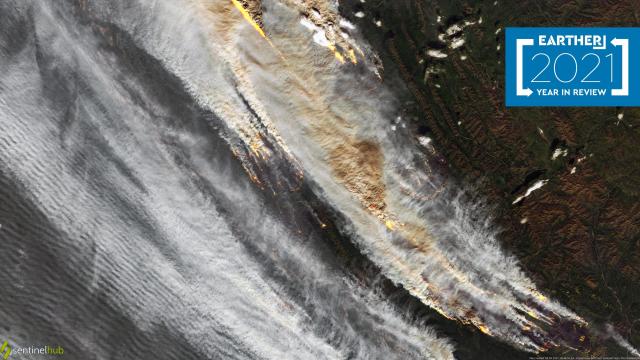By most metrics, 2021 was a rough year. But perhaps the most jarring one has been the weather.
You name it, 2021 had it. Hurricanes causing billions in damage, drought turning lakes into sheets of dust, fires in every corner of the globe, extreme cold, extreme heat, heavy rain, the list goes on. Some locations were hit repeatedly by different maladies, while others saw weird weather completely out of season, like this month’s tornadoes.
It’s become impossible to disentangle the weather from our rapidly changing climate. The atmosphere is supercharged for heavy rain. Background heat turns dangerous heat deadly. Sea level rise allows storm surge to be more destructive. Simply put, this is not the weather of the past. Nor will it be the weather of the future if we fail to meaningfully draw down emissions; those heat waves, hurricanes, and rainstorms will be all the more violent.
To understand the stakes, take a look at what this year’s charred, soaked, and and overheated planet looked like from space.
Hurricane Season’s Parade of Storms
It’s hard to match the 2020 Atlantic hurricane season, but 2021 sure did its best. The most devastating storm of this year was Hurricane Ida, which brought deadly flooding to the Gulf Coast and Northeast, and even reversed the course of the Mississippi River. But the season spit out plenty of other storms and was more active than average — this despite the National Oceanic and Atmospheric Administration updating its “average” season to include more storms based off the past 10 years of data. You can see all those storms (minus late season Tropical Storm Wanda) in the animation above from NASA.
The Texas Cold Snap
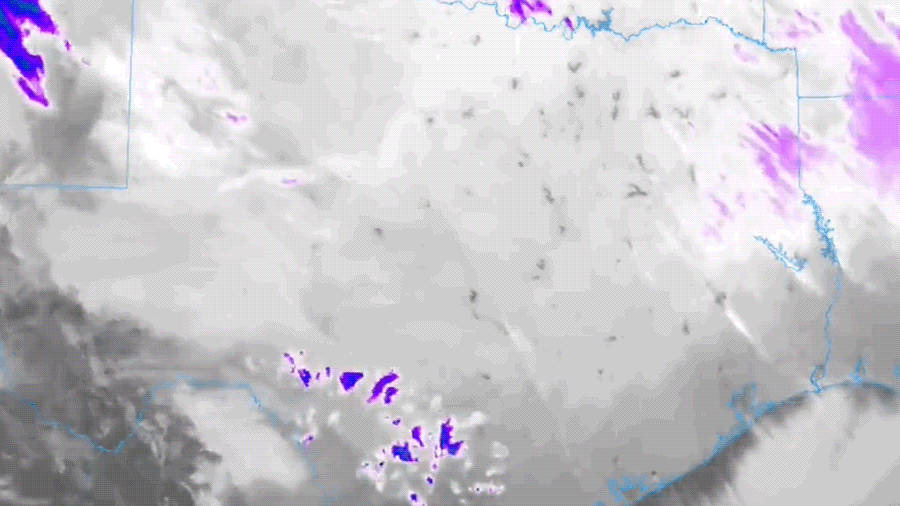
The image above may not look like much, but trust me when I say it’s freaky to meteorologists. The purple emerging from the north is cold weather appeared The Day After Tomorrow-like as it descended through Texas in mid-February. Usually, this satellite band detects levels of cold only regularly seen in clouds. But the ground in Texas got so cold, so fast, that it tricked the satellite. The cold snap iced up fossil fuel infrastructure and led to power outages that killed hundreds. Yet conservative lawmakers have continued to push the lie that wind power caused the outage, all in an effort to keep fossil fuels afloat. That could leave the grid exposed to another cold snap — or, even more worryingly, a hot one.
The Pacific Northwest’s Triple-Digit Heat
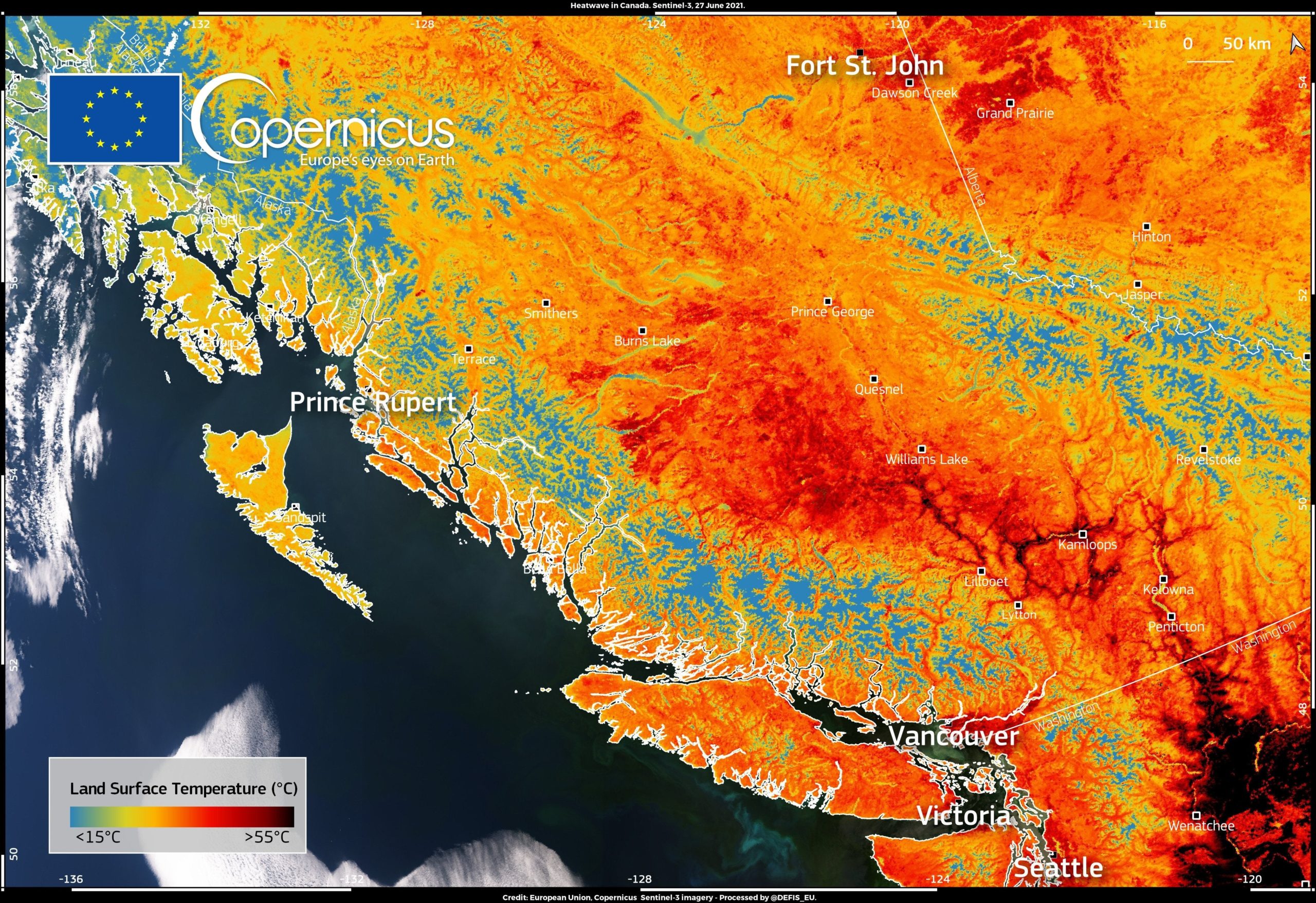
The heat that hit the Pacific Northwest in late June was unlike anything the region had seen or prepared for. All-time heat records didn’t just fall, they shattered into a million pieces. Infrastructure buckled. A billion sea creatures cooked to death while the region’s famed salmon developed skin diseases after nearly being boiled alive. So many people died, local coroners declared it a mass casualty event.
Most staggering is that ground temperatures reached a knee-quaking 145 degrees Fahrenheit (63 degrees Celsius) in eastern Washington. That’s different from air temperature that we normally measure, but it gives you a good sense of why everything went to hell the way it did. Climate change was responsible for making the event 150 times more likely, and the Intergovernmental Panel on Climate Change warned odds for that type of heat will only increase.
Europe’s Once-in-a-Century Flood
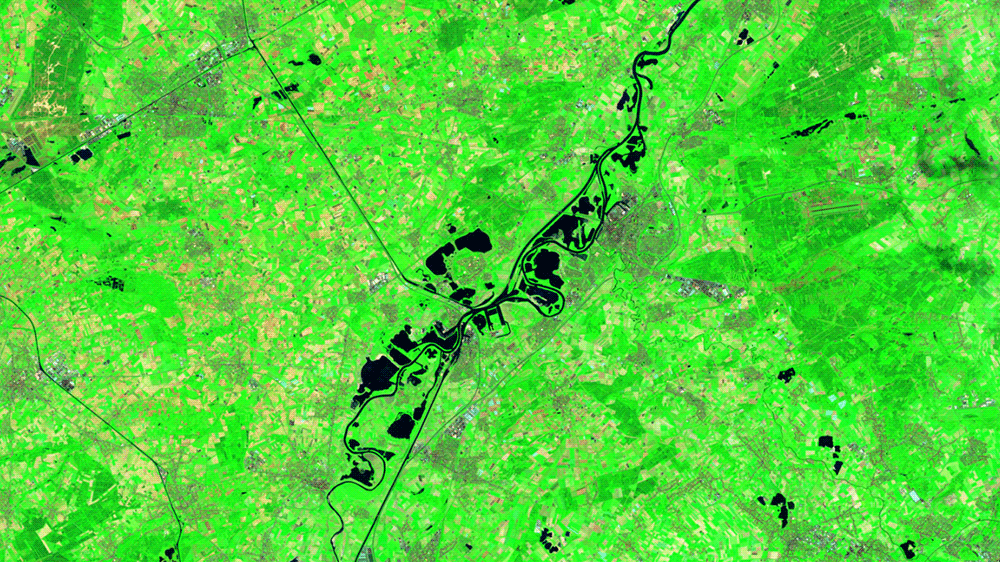
In a year of major floods around the world, Europe’s stood out for the intensity and wide breadth of areas that found themselves underwater. Hundreds of people died, some of whom were swept away in their sleep as heavy rainfall turned normally tame rivers into raging torrents. The damage itself was stunning, with entire buildings torn to shreds and areas of the surface scoured dozens of feet deep. Climate change has made heavy downpours more likely because a hotter atmosphere can hold water. What goes up must eventually come down, and that played out in Europe as well as China, India, the U.S.-Mexico border, Tennessee, and across other parts of the world this year.
The West’s Megadrought
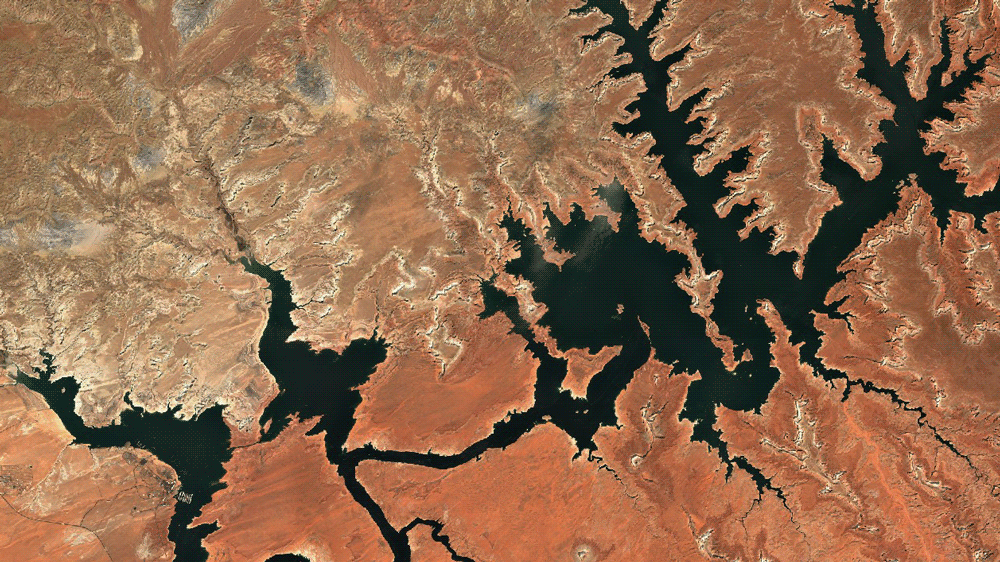
Drought is a slow-moving disaster, but that doesn’t mean you can’t see it from space. The image above shows Lake Powell in 2020 compared to 2021. The manmade reservoir is indicative of the problems the West has faced for years; a megadrought unseen in 1,200 years has turned the region increasingly arid for the past few decades. That culminated in this summer’s record low water levels at Powell as well as its downstream neighbour, Lake Mead, and reservoirs across California.
Though parts of the West have seen a decent start to the wet season, with California and the Pacific Northwest in the midst of being blasted by another series of storms this weekend, the reality is the West will need to figure out how to live under its new weather regime. Some years will be a feast of precipitation in the midst of long stretches of dry ones. One of the most unique proposals are draining Lake Powell altogether. But what’s clear is our relationship with water in a place never meant to support this many people or this much agriculture needs to fundamentally change.
The West’s Fire Season

Another summer of destructive wildfires was also a symptom of the drought. From California to British Columbia, the West was a sea of smoke and haze. A monster lightning storm following the Pacific Northwest heat wave set the stage for fire season there, while California just burned like it does with increasing regularity. This year’s fire season pulled out the usual horrific stops, like an entire town being incinerated and day turning into night. But there was some new nightmare fuel, including surreal images of people golfing amidst smoke-filled skies and trees going up in flames next to ski lifts. Living with drought also means learning to live with fire, too.
Siberia Was on Fire, Too
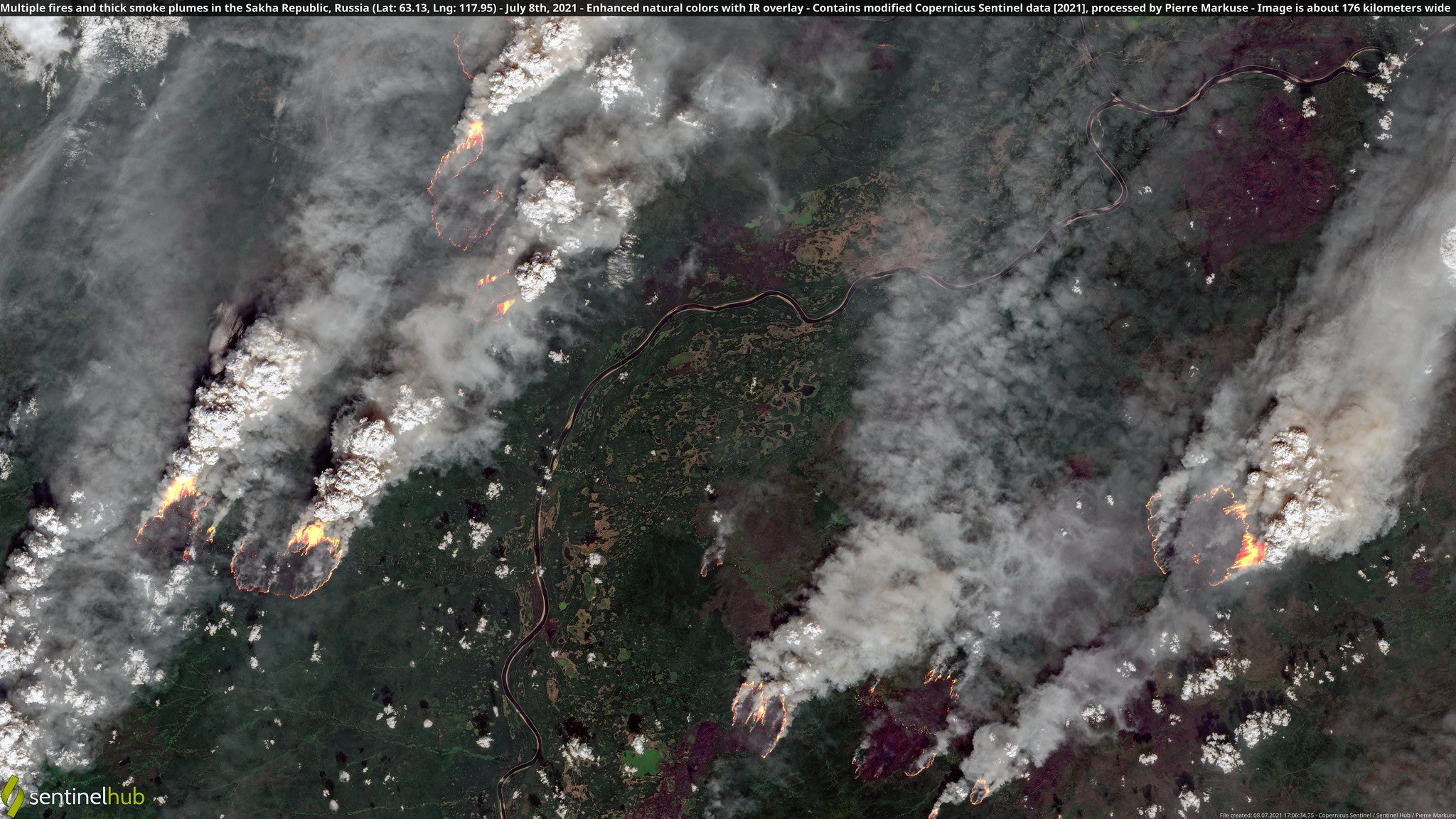
Siberia was another fire hotspot. Flames began to pop up on satellite images in May, with smoke filling the valleys even as mountains remained covered in snow and lakes were covered in ice. The situation only grew more dire, with fires exploding over the summer. Ground temperatures in the region also took a page out of the Pacific Northwest playbook, showing how heat helped fuel the disaster.
Though the direct human toll from these fires is lower than the West’s owing to Siberia’s relatively sparse population, the damage to the climate is still astronomical. The fires pumped a record amount of carbon dioxide into the atmosphere, besting a high that was set just last year. Counted with the numerous other regions of the world that burned this summer, wildfire emissions were equal to India’s annual total. That’s why it’s never been more urgent to figure out how to keep temperatures from rising even further, locking in a dangerous feedback loop.
A Massive Salt Lake Disappears
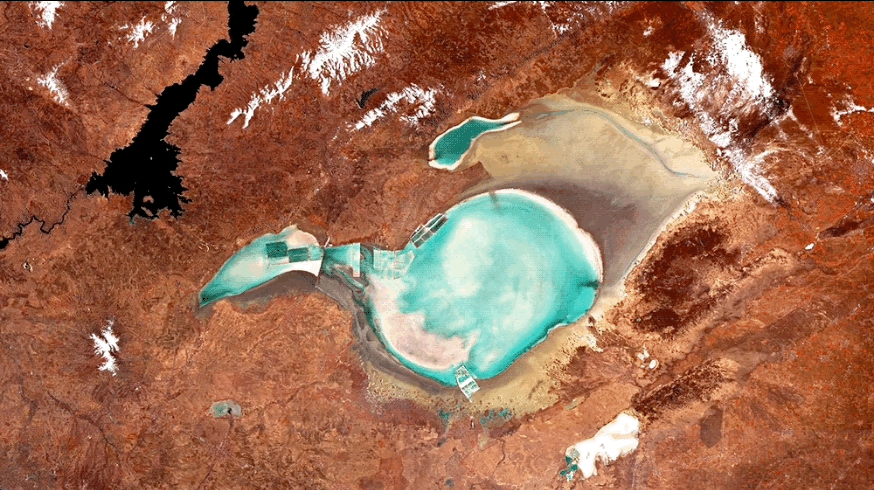
Turkey really went through it this year. Searing heat, explosive wildfires, floods, an invasion of sea snot. The climate was not kind, and any number of those could’ve made for inclusion on the list!
But the loss of Lake Tuz stands out as a particularly egregious disaster. Much like the western U.S.’s water sources, the lake has been overtaxed for years by industrial operations and farming. Aided by heat and drought, its azure waters turn into a white salt flat over the summer, which was nevertheless shocking. It also ended up being an ecological disaster. The lake is a nesting ground for flamingoes, and this year saw an estimated 1,000 birds die due to the drought conditions afflicting the region. It’s a stark, sad reminder of the way human activities can create unnatural disasters.
The Pacific Northwest Gets Hosed by an Atmospheric River
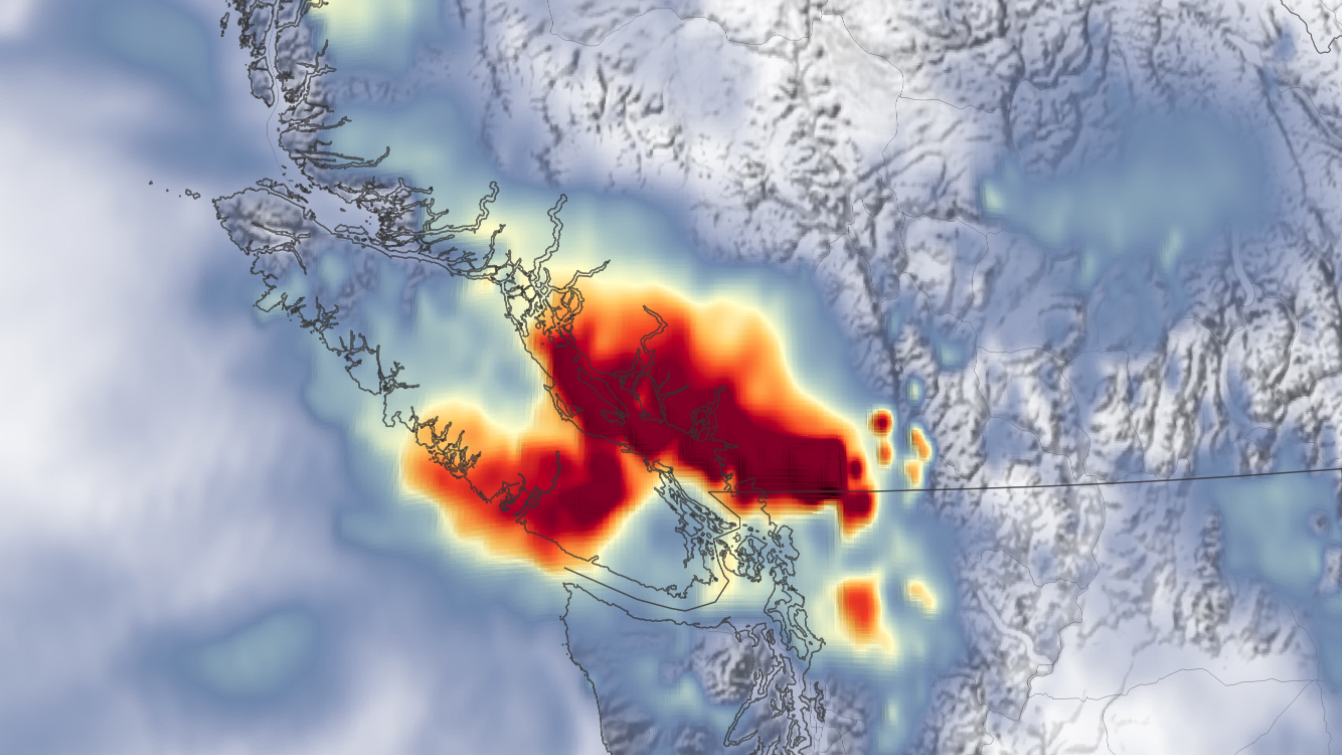
The Pacific Northwest had such a wild year of weather, it made the list twice. La Niña conditions formed in fall, setting the stage for wetter-than-normal conditions in the region. While La Niña raises the odds of more rain, it doesn’t guarantee heavy precipitation. But this year has, so far, delivered.
The heavy rain that fell in mid-November did so on slopes charred by wildfires and prone to mudslides and debris flows. Farmers used jet skis to rescue cattle, and at one point, Vancouver was cut off from the rest of Canada. It was such an epic deluge that November essentially broke rainfall scales for weather maps on the U.S. side of the border. The rest of the season looks to continue the trend of wetter weather than normal, so more satellite views like this could be forthcoming.
Deadly Tornadoes Turned Out the Lights
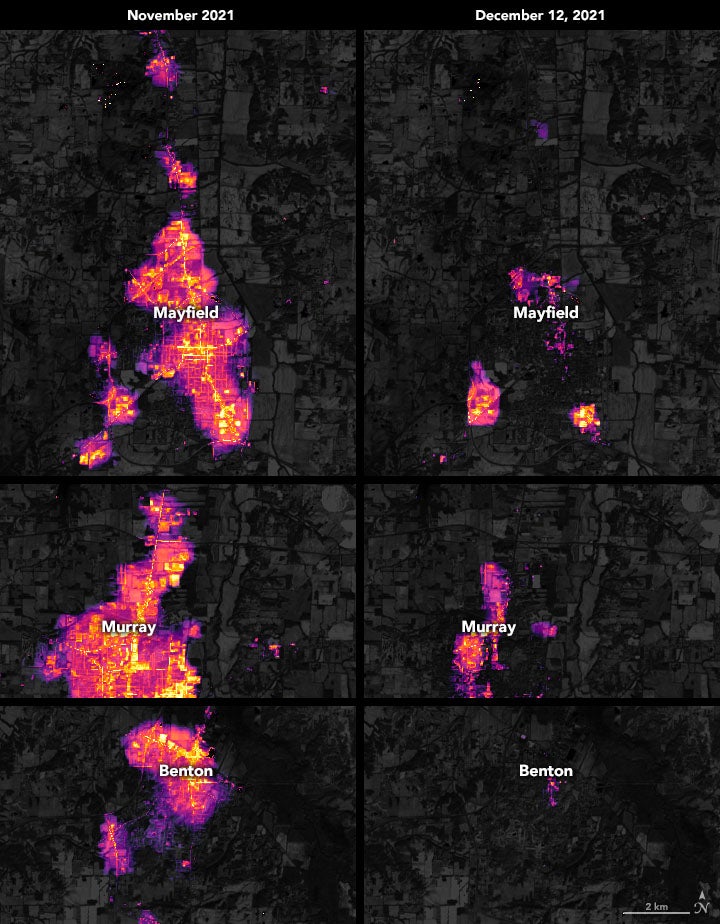
December is usually a quiet time for tornadoes, but this year was an unfortunate exception. The largest tornado outbreak in December history roared through six states, killing dozens as storms mowed down everything in their path. A candle factory in Mayfield, Ky., and Amazon warehouse in Edwardsville, Ill., were among the sites where multiple people died.
But the image above of night lights before and after the storms also shows that tornadoes’ legacies radiate out from those sites of so much loss. The power grid was knocked out and homes were reduced to rubble, which adds up to a long recovery ahead.
A Stunning Dust Storm Sweeps Across the U.S.

A December tornado outbreak is a pretty wild occurrence. But less than a week later, it was upstaged by what will go down as one of the most unheard-of days of weather in the U.S. A powerful storm screaming out of the Rockies met with extreme warmth over the central U.S. to unleash all manner of hell. Straightline winds roared to more than 100 mph (161 kmh), dust whipped up into the sky, and fires ignited across the prairies. The day ended with a derecho barreling across Michigan, knocking out power to hundreds of thousands. This type of setup is extremely rare because winter doesn’t have the heat to supercharge storms. But something is… changing.
Mauna Loa Snow
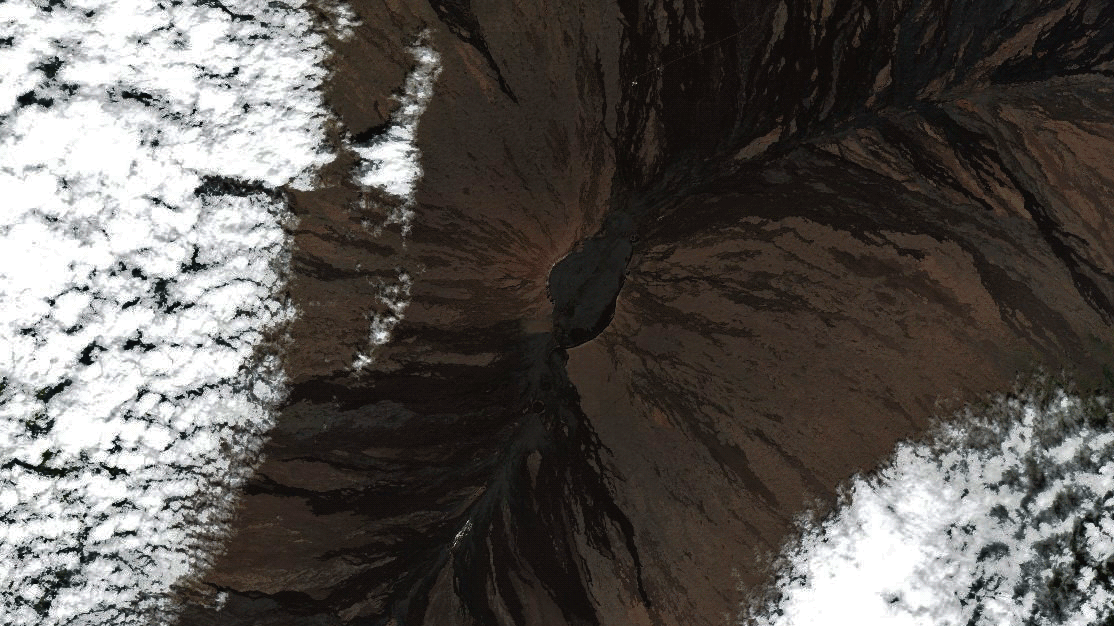
OK, we’re going a little out of order here, but let’s end on a fun one. While at least parts of the western U.S. have since caught up on snow since early December, things were pretty dry at the time that a major storm hit Hawaii with cold enough temperatures to coat the Big Island’s volcanoes in snow. Mauna Loa sported a frosty white top after the storm passed. While not as rare as, say, the wind storm that hit the Lower 48, it will never not be weird to see snow in the tropics.
